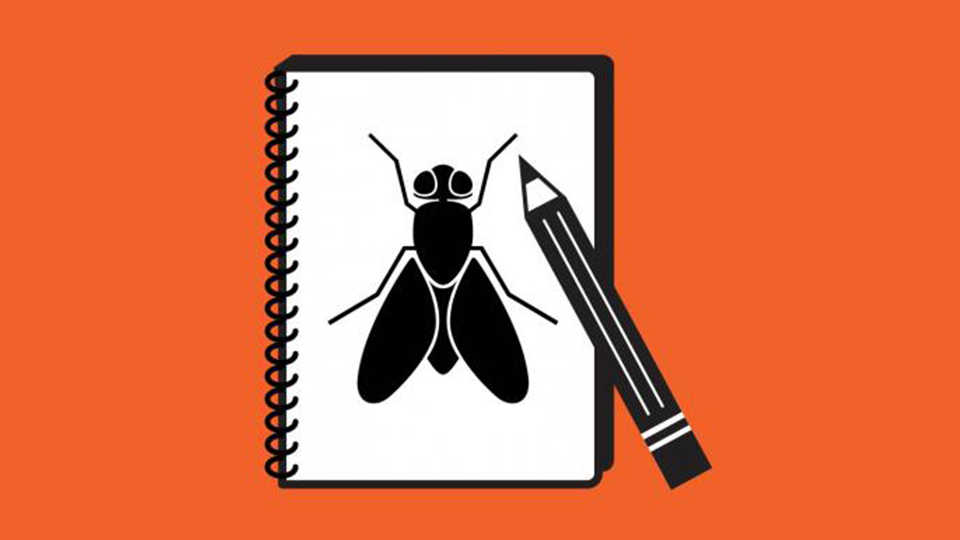Please note: Osher Rainforest will be closed for maintenance May 7-9.

© Project MASH
0
Embark on a scientific expedition to document the biodiversity of your schoolyard!
As you explore, observe, and record what lives in your environment, create an illustrated collection of the plants and animals you discover.
Objective
To observe and document local biodiversity, and recognize distinguishing features among species.
Materials
- Colored pencils
- Paper
- Clipboards
- Examples of field guides
- Internet access (optional)
- Copies of field guide template (at least 6 per student)
- Book binding materials (cardboard, string, rubber bands, etc.) (optional)
Procedure
- Get familiar with field guides. Browse examples of different field guides. What is their function? How are they organized? What do they have in common? Notice how simple, clear text and detailed illustrations show identifying characteristics and help the reader distinguish one species from another.
- Explore your environment. Take a walk around your schoolyard. What kinds of living organisms can you spot? Make a mental list of everything you see. It’s okay if you don’t know what each one is called, but try to note what’s similar and different among the species that you find.
- Choose your topic. Select a group of organisms you’re interested to know more about, such as insects, birds, or plants. This will be the topic of your field guide. Then, within that topic, choose 4-6 species to study closely. For example, you might make a field guide to the flowers of your schoolyard and include entries for five different flowers.
- Observe and record. Working alone or with a partner, spend about 30 minutes observing and documenting your species using this template. Pay special attention to size, shape, colors and shades, texture, and any distinguishing features. Notice sounds, scents, and movement. Record your observations along with a detailed drawings. Don’t worry about making your drawing beautiful; try to make it informative, using as much detail and explanation as possible. Keep in mind that a field guide compares types of organisms, not individuals. Your drawing should highlight key features that distinguish your species of flower (e.g. daisies compared to lilies), not an individuals within the same species (individual daisies).
- Identify your species. When you’ve completed your entries with primary research (information gathered with your own five senses), use published field guides, the Internet, or local nature experts to help identify your species. Compare what you observed to what the field guide says. Record each species’ common and scientific names, as well as any special features or interesting facts you learn about them.
- Publish your work. Bind your work into a book that you can continue to build over time. You may wish to add entries over the course of weeks and months as you explore your schoolyard further. Revise and edit your field guide as you learn more.
Next Generation Science Standards
Science & Engineering Practices:
- Obtaining, Evaluating
- Communicating Information
Crosscutting Concepts:
- Scale, Proportion, and Quantity
- Structure and Function
Appropriate for: 6th Grade - 8th Grade
Standards for: 6th Grade, 7th Grade, 8th Grade
Prep Time: 5 minutes
Activity Time: 60 minutes
Subjects: ELA Common Core, Life Science